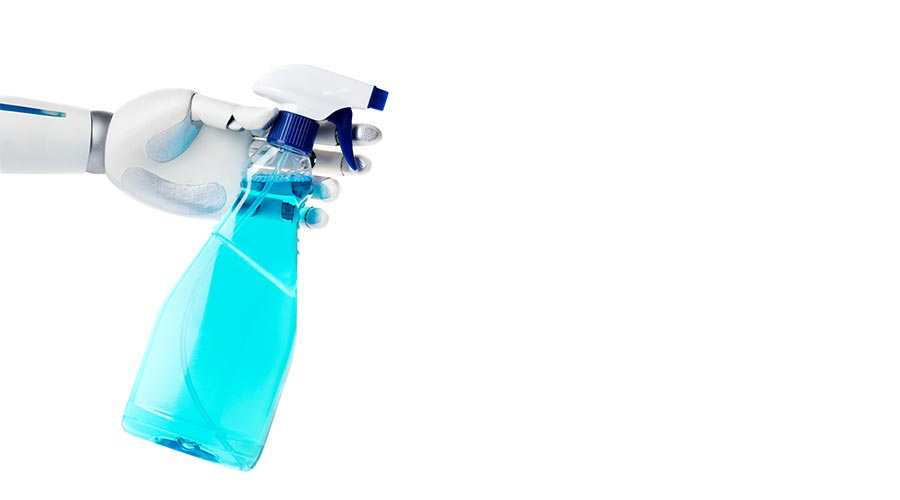
According to Arizton's latest research report, the disinfection robots market will grow at a compound annual growth rate (CAGR) of 31.02 percent from 2022 to 2028. The evolution of automated guided vehicles and automated mobile robots, innovative patented technologies and large supply contracts, funding and investments for developing disinfection robots, advancement of new electric disinfection robots, government and non-government initiatives for environmental protection, demand for energy-efficient disinfection robots are significant trends in the disinfection robots industry.
Automated mobile robots (AMR) are used for cleaning and disinfection in distribution centers, hospitality services, grocery stores, hospitals, healthcare facilities, and more. The need for cleanliness and hygiene has become crucial due to COVID-19. AMRs offer a cost-effective way of achieving this by deploying automated cleaning and disinfection equipment wherever needed. An autonomous cleaning robot removes visible dirt and can apply disinfectants for effective sanitization. Some are fitted with spraying devices for disinfection of surfaces above floor level. A UVC disinfection robot is a type of AMR equipped with a UVC emitter suitable to disinfect environments from bacteria and viruses.
Automated guided vehicles (AGV) are being challenged by the more sophisticated, flexible, and cost-effective technology of AMRs. Although an AMR has much more advanced technology than an AGV, it is typically a less expensive solution. An AMR does not need wires, magnetic stripes, or other costly modifications. Therefore, it is faster and less expensive to get AMRs up and running, with no expensive disruption to production during the process. AMRs are highly flexible, which is crucial for modern manufacturing environments requiring agility and flexibility in case of product modifications or production lines. Recently, AMRs have been highly deployed into disinfecting robots, thereby contributing to the market's growth.
Global Surge in Disinfection Robot Adoption Drives Substantial Investments and Innovation for Pandemic Preparedness
The aggressive adoption of disinfection robots has increased demand and new large-scale investments worldwide, propelling the market. Across the board, such robots were deployed widely before the pandemic, followed by existing robotic platforms that can be adapted readily to address the most pressing current needs. Since existing platforms cater to the current demands, making investments will result in developing systems ready for future crises. Also, most companies are focusing on product line expansion to include disinfection robots integrating improved autonomous capabilities compared to existing products. Several companies are investing while supporting the robotic industry, providing greater control in shaping the future. Such investments mainly serve the pandemic response and post-pandemic recovery in various countries. One such investment was made recently by Robert Wood Johnson University Hospital in Tru-D, a UVC disinfection robot that protects patients and staff from harmful pathogens.
Surging Demand for Disinfection Robots Takes Center Stage in Hospitals Across APAC, Middle East, and Africa
The demand for advanced and efficient patient care in major emerging economies is expected to help construct new hospitals. Most hospital management and government facilities have implemented stringent norms to ensure that all hospital premises are microbe-free. The threat of disease and growing deaths, especially due to infectious diseases, has led several emerging economies to increase concerns over installing disinfection robots in each part of the hospital building.
Most countries in APAC and North America have implemented stringent norms to ensure safety in maintaining air quality and made indoor disinfection robot applications mandatory in hospital buildings. Healthcare spending is expected to be bolstered by factors such as growing and aging populations, advances in clinical technology, and market expansion. Major companies offering disinfection robots witnessed massive demand for their products to deploy in healthcare settings.
Read more on the disinfection robotics market here.

 The Down and Dirty on Cleaning in Virus Season
The Down and Dirty on Cleaning in Virus Season How Surfactant Use is Expanding in Commercial Cleaning
How Surfactant Use is Expanding in Commercial Cleaning Maximize Your Margins: Learn How to Automate Pricing and Track Rebates
Maximize Your Margins: Learn How to Automate Pricing and Track Rebates